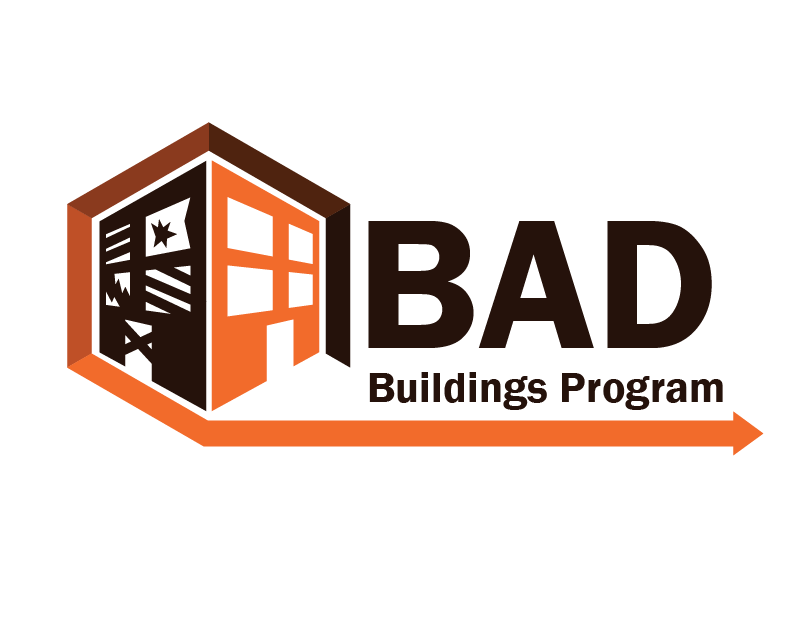WILLIAMSON, WV (AP) – Inside a 1920s-era warehouse in the heart of a once-bustling coalfields hub in Williamson, WV, Brandon Blankenship saws through 8-foot boards pulled up from the building’s floor, looking each one up and down for “a face that’s not splintered — smooth with no breaks — and an intact tongue and groove.” Portions that pass muster wind up in neat stacks for reuse by the crew remodeling the warehouse into office space, or for sale to builders looking to add a rustic touch to homes and restaurants.
The building crew from the nonprofit Coalfield Development Corp. is part of a broad effort to tackle a legacy of the coal industry’s boom-and-bust nature in many Appalachian communities: empty or unkempt buildings. They have become eyesores in otherwise scenic towns and reminders that coal’s best days are long gone, and leaders know that these structures need to find new life or be gone as well before the communities can attract new employers and residents.
Earlier this year, West Virginia University began a project to help rehabbers navigate the legal web surrounding older properties. Last year marked the launch of the statewide BAD buildings project — which helps towns with brownfield, abandoned or dilapidated properties — and West Virginia’s largest city, Charleston, became among the latest to crack down on owners of vacant properties.
Anti-blight programs have sprung up around Appalachia, but West Virginia’s approaches are innovative and more widespread than many of its neighbors, experts say.
The need is also more acute in the Mountain State than elsewhere, according to the 2013 legislation that created a state land bank to take over ailing commercial properties that are beyond local governments’ capacity: “Due to topography, the state has somewhat limited amounts of developable land,” and “promoting the productive reuse … will maximize this valuable resource.”
The focus goes beyond brownfields — which are generally polluted commercial or industrial sites — to include empty or dilapidated office buildings, houses and stores. The aim is typically to preserve older buildings rather than tear them down.
Read full article in The State Journal.

EPA Recognizes Local Revitalization Group
The work being done by the Brooke-Hancock-Jefferson Metropolitan Planning Commission is being recognized by the Environmental Protection Agency. A video featuring the revitalization of local sites was played in ...
Read More
Historic Jefferson County Village Making Improvements
The village of Middleway, W.Va., appears to be a moment frozen in time. The historic district of the village is home to buildings that date back to the late ...
Read More
2021 WV BROWNFIELDS CONFERENCE & MAIN STREET/ON TRAC TRAINING CALL FOR SESSION IDEAS
The WV Brownfields Conference & Main Street/ON TRAC Training combines educational programs with networking opportunities between communities, local governments, development professionals, and service providers. The conference features expert panels, ...
Read More
